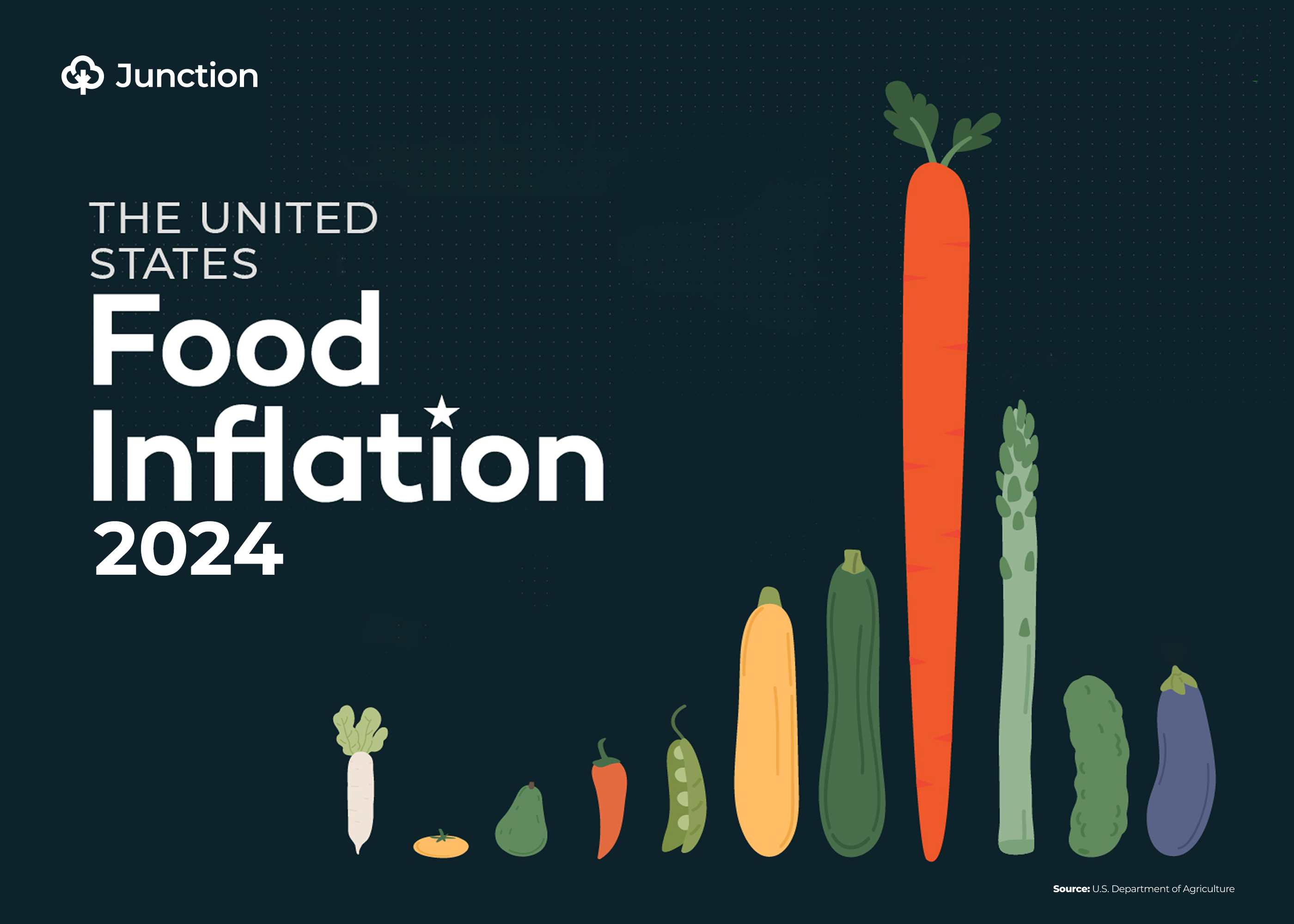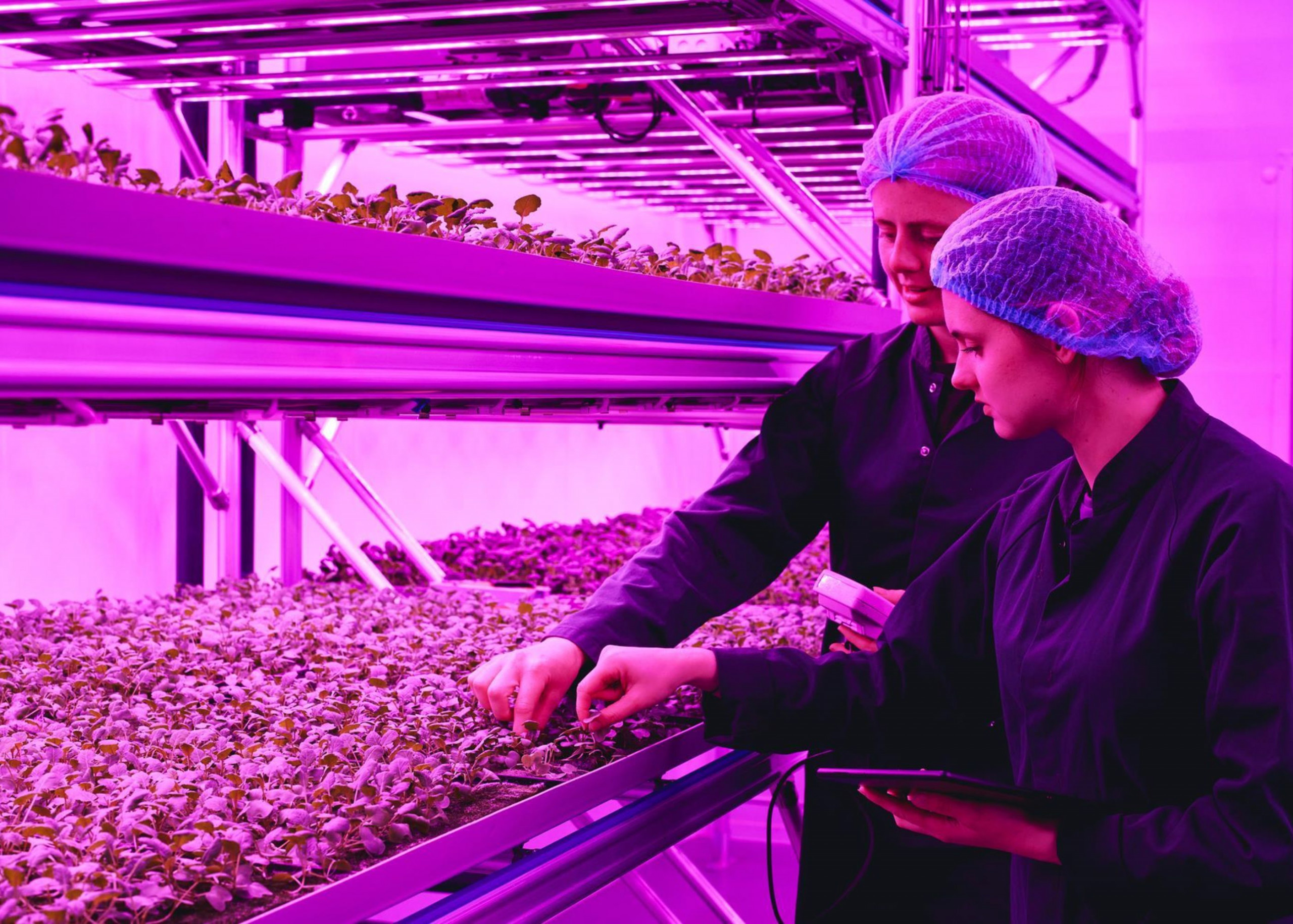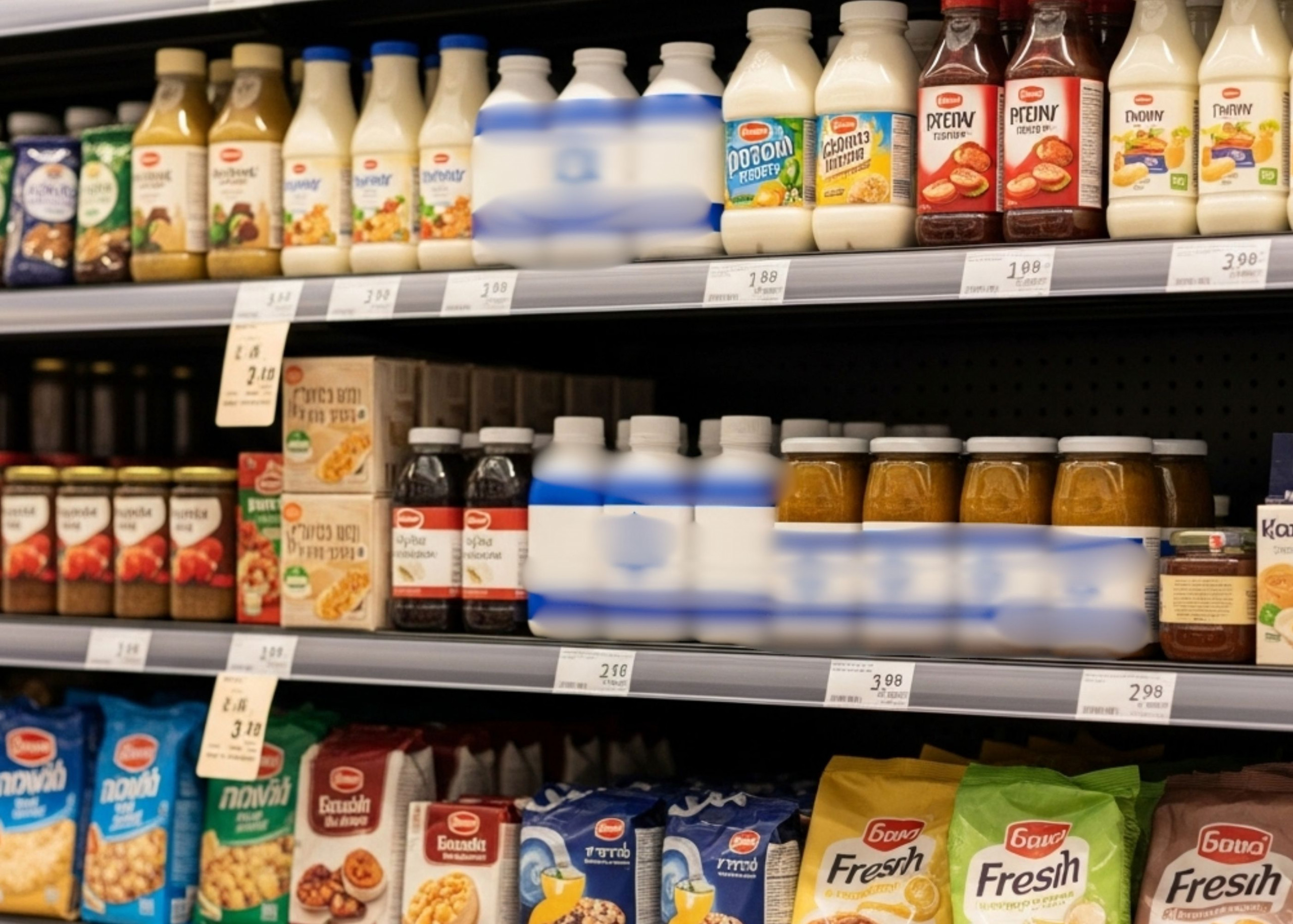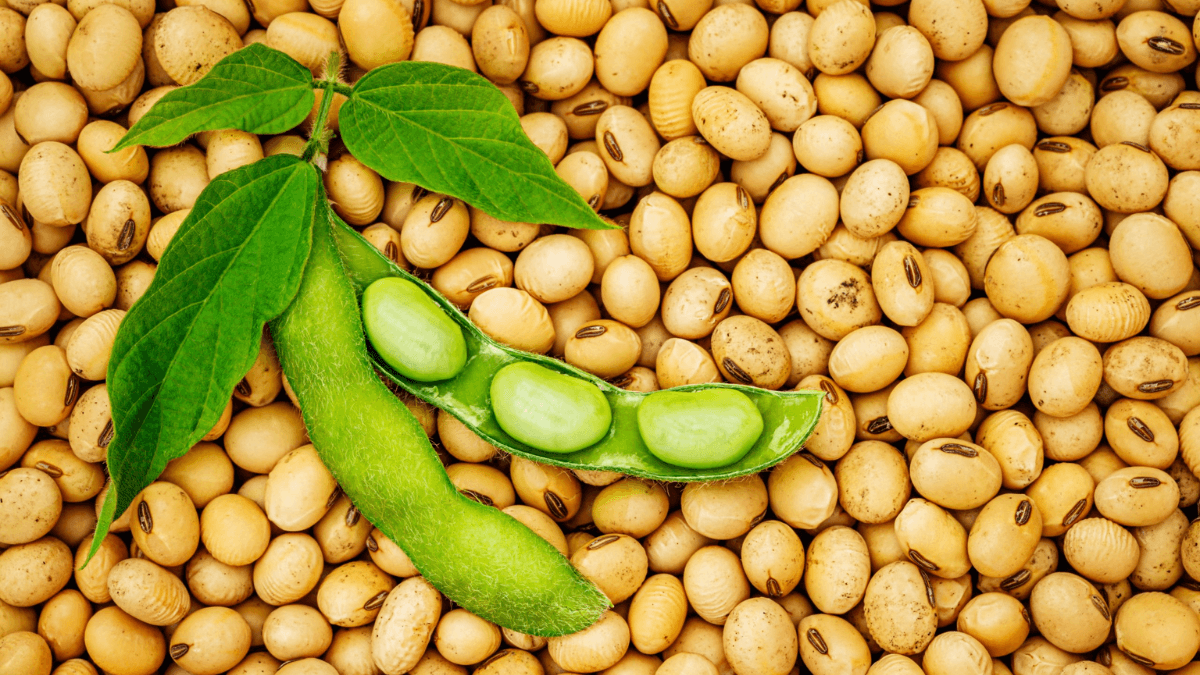News in brief:
– US food-at-home prices rose by 1.2% in 2024, a sharp slowdown from previous years, though eggs, beef, and sugar saw above-average increases.
– Despite a 12.1% drop in key crop prices in 2023, food costs remained high, underscoring the complex factors influencing retail prices.
In 2024, food-at-home prices in the United States were 1.2% higher than in 2023, significantly lower than the 5.0% increase in 2023 and the staggering 11.4% rise in 2022. The 20-year average annual retail food inflation rate stands at 2.7%, indicating that price growth in 2024 was below historical norms.
Egg prices saw the highest increase in 2024, rising by 8.5%, driven by a resurgence of highly pathogenic avian influenza (HPAI) outbreaks that began in 2022. Beef and veal followed with a 5.4% increase, while sugar and sweets rose by 3.0%. These categories experienced price hikes above their historical averages. Conversely, prices for fish and seafood declined by 1.9%, while dairy product prices saw a marginal 0.2% drop.
From 2020 to 2024, food prices surged by 23.6%, outpacing the overall Consumer Price Index (CPI) increase of 21.2%. Transportation costs, which rose 34.4% in the same period, contributed to supply chain pressures affecting food prices. However, price growth slowed in 2023 and 2024 as wholesale costs and other inflationary factors eased.
Corn, wheat, and soybeans remain the top US field crops, with production-weighted prices fluctuating annually by over 10%. Despite a 12.1% decline in the production-weighted price of these crops in 2023, food prices still rose by 5.8%, underscoring the complexity of food price determinants beyond raw commodity costs.
The United States Department of Agriculture (USDA) stated that retail food prices partially reflect farm-level commodity prices. However, other costs of bringing food to the market (such as processing and retailing) have a greater role in determining prices on supermarket shelves and restaurant menus.
Also, monthly price swings in grocery stores for individual food categories, as measured by the Consumer Price Index (CPI), tended to even out into modest yearly increases for food in general.
In 2023, US consumers, businesses, and government entities spent $2.6 trillion on food and beverages.
These trends highlight the importance of strategic planning and market adaptability for farmers and agribusinesses. While overall food inflation has slowed, certain commodities remain volatile, emphasising the need for efficient cost management and supply chain resilience.



